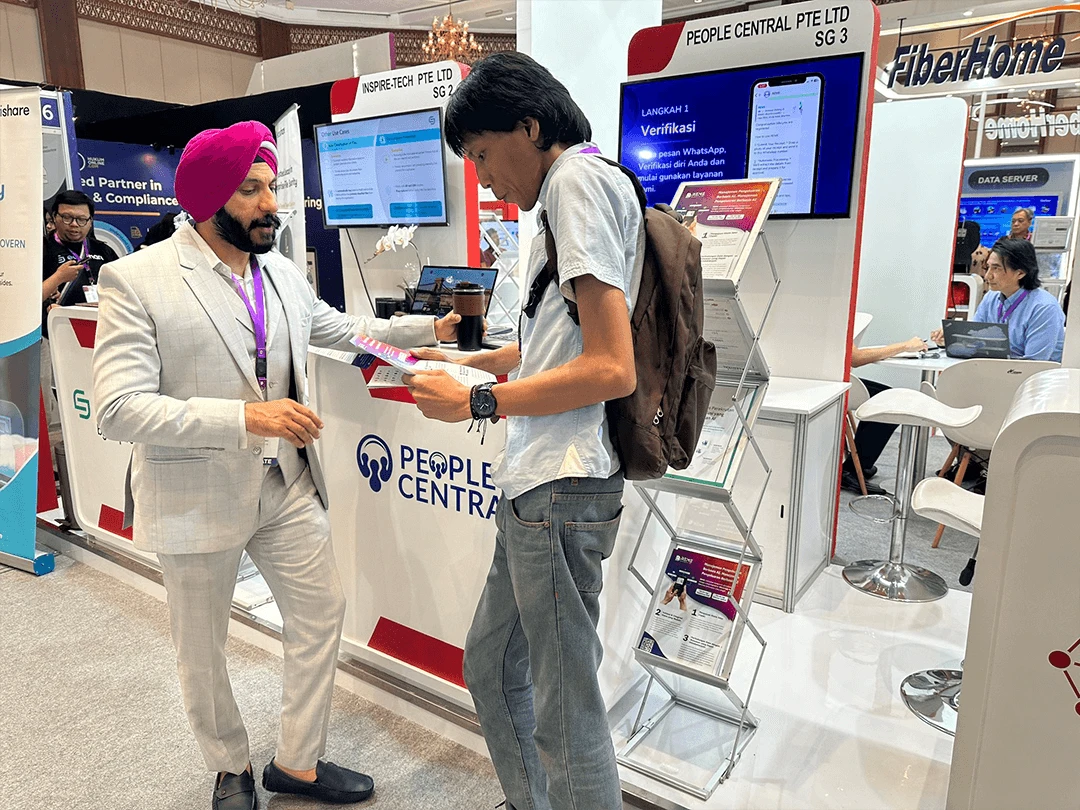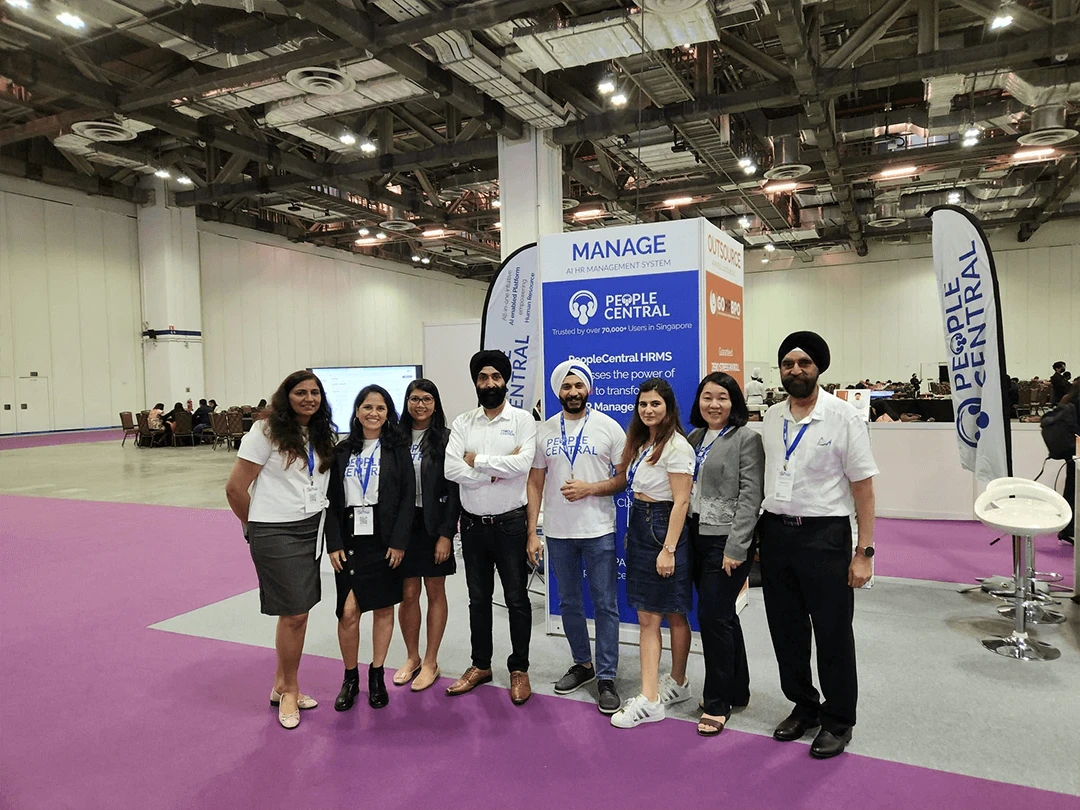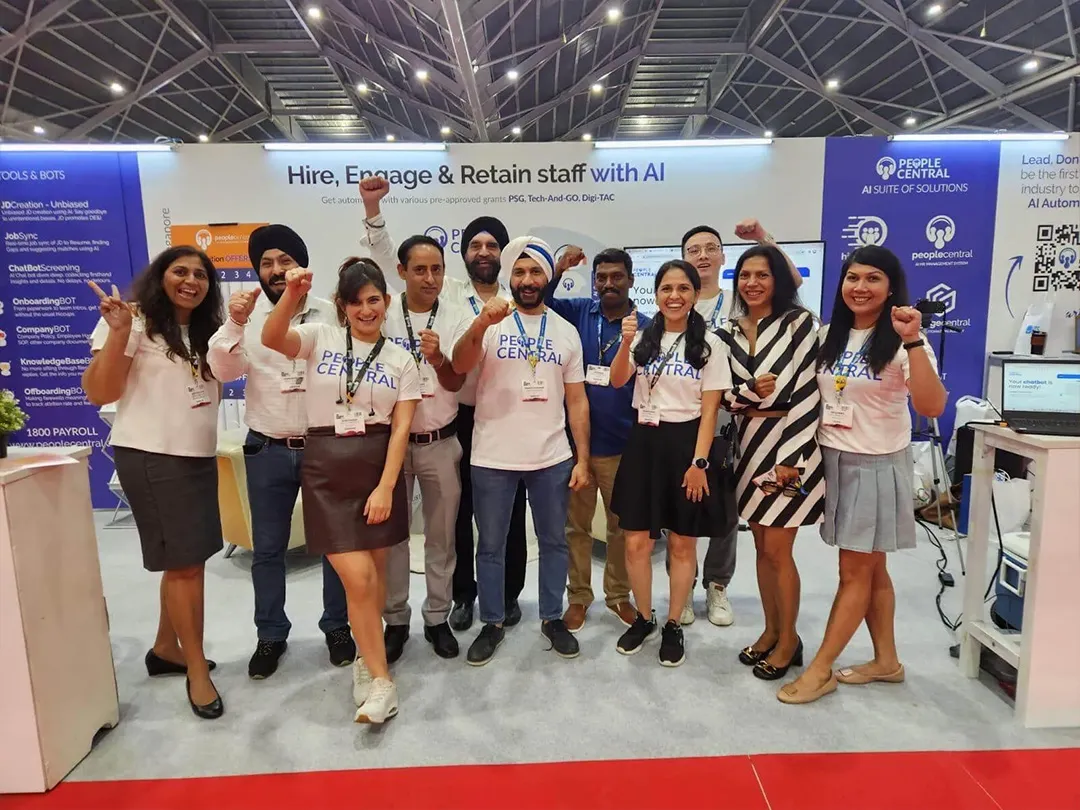Introduction
I have a friend who runs a small agency in Singapore. This company is doing well, but there is one thing that I do not understand quite well. Every month-end, he is up till midnight dealing with spreadsheets, trying to sort out CPF, IRAS, and MOM submissions.
I understand, it’s very important to get them right because one time he made a tiny payroll mistake and it cost him thousands and fines. He had to spend an entire week fixing it.
And he’s not the only one who made such a mistake. The thing is, SMEs make up 99% of Singapore’s business, and many of them are repeating the same mistakes like my friend’s.
That is why I keep telling my friend and other people, I know that things don’t have to be this complicated and hard anymore. Because now we have HRMS portals.
They bring payroll, leave, claims, attendance, and compliance into one place. This means you can manage all of your HR in a very easy manner and save a lot of time.
The Pain Points of Traditional HR
Singapore SME owners and HR managers know these challenges well:
Compliance Stress
Getting CPF, IRAS, and MOM right is one of the most important things. CPF has to be filed by the 14th of each month, IRAS forms by March 1, and MOM rules can’t be ignored. If you miss any deadline, you will be fine, and we have to deal with a 1.5% monthly interest.
Payroll Errors: Payroll errors are very common and can mean a lot of trouble for you. I know an SME that made a tiny CPF miscalculation once, and it ended up taking them two whole days just to fix and resubmit everything.
Time Drain: Doing HR work manually takes a lot of time. These waste around 100+ hours every year. Losing this much time is a very serious issue.
System Fragmentation: A lot of SMEs use separate tools for payroll, leave, and claims. But that just means duplication, and in some logistics firms, it creates three to five payroll errors every cycle.
Employee Frustration: If your staff have to wait for leave approvals and payslips, then it creates employee frustration. It attacks their trust and morale fast.
Also Read: Payroll Service In Singapore For Remote & Hybrid Workforces
What an HRMS Portal Does
Let’s see how the HRMS portal helps with these problems:
Unified Employee Profiles: With an HRMS portal, when you update something once, it shows up everywhere. Payroll, leave, claims, etc, all get in sync without you having to copy-paste.
Automated Compliance: The compliance gets automated, and you don’t have to worry about CPF, IRS, or MOM.
Self-Service Access: Employees don’t need to keep asking HR for payslips or leave updates. They just check or apply on their phone.
Analytics Dashboards: You get to see what’s happening with the analytics dashboard. A logistics firm noticed its staff were clocking too much overtime. They fixed it and saved thousands every month.
Cloud Scalability: I think the best part about an HRMS portal is that, as your team grows, the system grows with you. Add new staff or even a new branch; no need to start all over again.
Benefits for Singapore SMEs
Let’s talk about the benefits of the HRMS portal for Singapore SMEs:
Time & Cost Savings: An HRMS portal will help you save time and money. All your pay must have taken around five days to process, but now you can do it in just one day. Also, you get PSG grounds covering up 70% of the costs, and most SME s get their money back in less than a year.
Compliance Accuracy: Now you don’t have to worry about missing deadlines. The system knows the CPF, SDL, and IRAS rules, and it calculates and files for you and alerts you. That means no fines and no penalties.
Employee Engagement: Staff will always appreciate transparency. They can see their leave balance or download payslips straight from their phone.
Data-Driven HR: The dashboards show you what’s going on- attrition trends, overtime, even skills gaps. So instead of reacting late, SMEs can fix issues before they become big problems.
Also Read: The Power of HRIS in Workforce Management
| Key HRMS Benefits | Impact on SMEs |
| Payroll automation | 60–80% faster cycles |
| Compliance engine | Zero CPF/IRAS fines |
| Self-service portals | 40% fewer HR queries |
| Analytics dashboards | Cost savings, smarter staffing |
| PSG grant support | ROI in < 1 year |
Getting Started: Best Practices
Here are some best practices you can follow:
Assess Needs: I think you should start by writing down what slows you down, like rushing CPF deadlines or handling too many separate systems.
Pick Localized HRMS: Then make sure the HRMS you choose is built for Singapore. It should handle CPF, IRAS, and MOM rules without you worrying about compliance.
Automate & Consolidate: Instead of using five different tools, bring everything into one platform.
Train Teams: Make sure your employees are well-trained and know how to use the new system. Run one payroll cycle in parallel with the new system. It builds confidence and helps catch mistakes early.
Leverage Grants: Don’t forget about support. PSG can cover up to 70% of costs.
Measure Impact: Finally, keep track of the results. Look at hours saved and fines avoided. Also, make sure your employees are happy. That’s how you’ll know it’s working.
Conclusion
So, to wrap it up, I’ll say HRMS portals take away the late-night work with multiple spreadsheets and the constant compliance worries.
They make payroll faster and much less stressful. And you also get government grants, which makes it affordable.
That’s why my message is simple: if you’re still managing HR the old way, it’s time to make the switch. Embrace the HRMS portal era and give your business the freedom to grow.


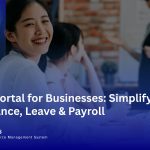
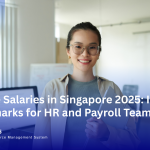

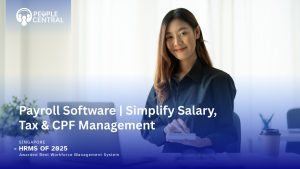


 5
5

















